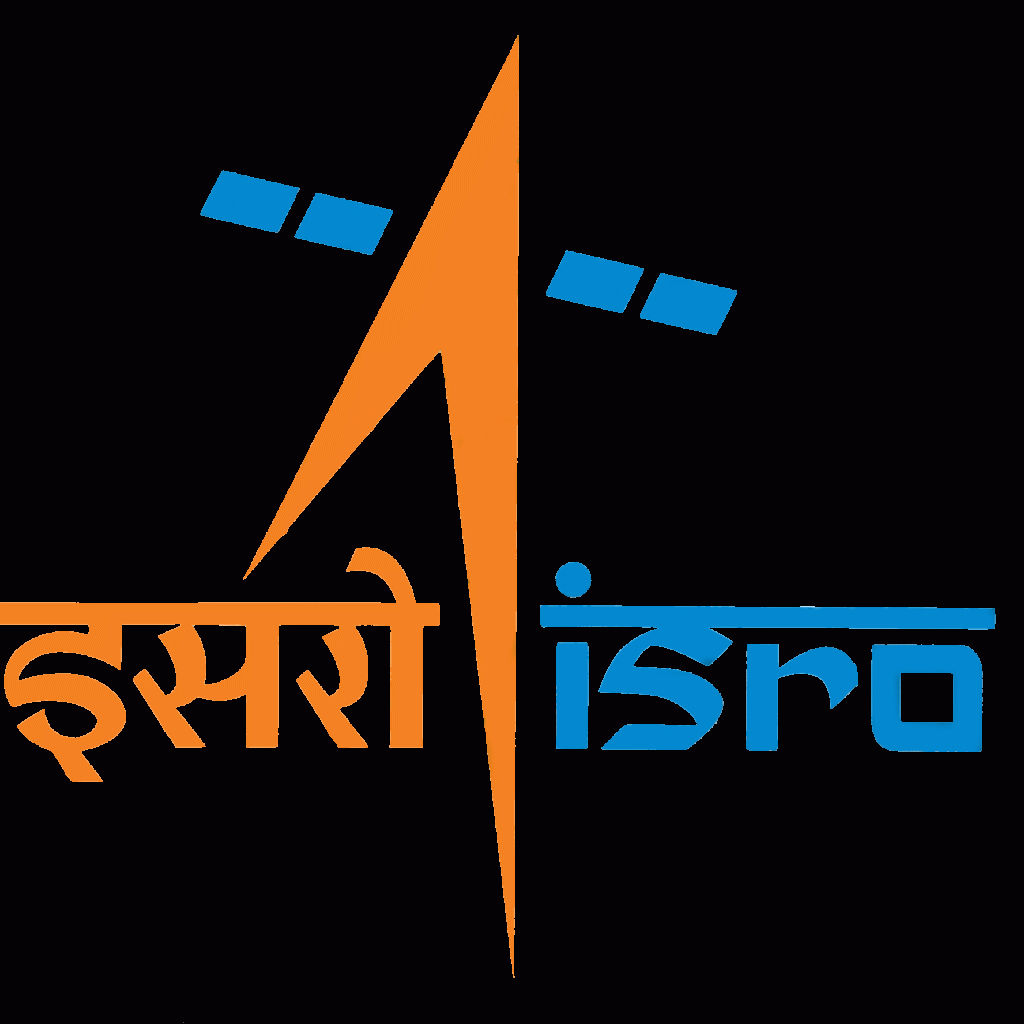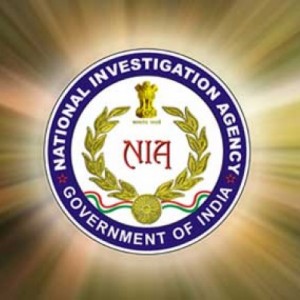ISRO’s Chandrayaan 3 Gets Ready For Launch, Incorporates Lessons From Previous Mission

Bengaluru(India), 7th July 2023: The Indian Space Research Organisation (ISRO) has been diligently working over the past four years on Chandrayaan 3, India’s ambitious project aimed at landing on the moon and conducting scientific experiments to study the lunar environment. K Sivan, the former chairman of ISRO and the leader of Chandrayaan 2 and Chandrayaan 3, spoke exclusively to News18 about the launch and the progress made since the previous mission’s failure. Here are the edited excerpts:
After the setback of Chandrayaan 2 in 2019, how has the journey been for the team working on the project over the past four years?
During the past four years, extensive work has been carried out meticulously. The focus was on analyzing the data obtained during Chandrayaan 2 to understand the reasons for the unsuccessful landing phase while the orbital mission was partly successful. Corrective actions were taken for each problem identified, enhancing the robustness level and addressing any observed issues. The team conducted exhaustive tests, ensuring everything was in order. With this confidence, ISRO is now preparing for the next mission, Chandrayaan 3.
ISRO dedicated considerable time to investigating what went wrong with Chandrayaan 2. Can you explain the key issues that led to the failure in simpler terms?
There were multiple issues rather than a single problem. One major problem was related to the propulsion system. The dispersion level in certain regions of the flight was higher than anticipated during the landing phase, which consisted of four stages: rough braking, altitude hold, fine braking, and landing. In the first two phases, the propulsion system worked well, but the dispersion levels sometimes exceeded expectations, causing the guidance software to malfunction. Instead of reducing thrust, it increased thrust, resulting in the misbehaviour of the guidance software. Additionally, there were limitations in the control systems. These factors combined to lead to a hard landing. We thoroughly analyzed the data, understood the problem, and implemented corrective measures accordingly.
Apart from the mentioned corrective steps, were there any specific changes made to the rover or lander?
Yes, several improvements were made to address the problems encountered. We introduced more redundancy, ensuring that data can be obtained from alternative systems in case of system failures. The permissible dispersion level underwent improvements, alongside adjustments to the leg design aimed at withstanding increased landing velocities. While the lander can withstand higher speeds, it still has limitations. The previous maximum landing velocity of 2 meters/second has been increased to 3 meters/second by incorporating additional margins and enhancing robustness.
How will Chandrayaan 3 differ for the entire team compared to previous missions?
When we embarked on Chandrayaan 2, we had confidence that it would proceed smoothly, as space scientists always ensure that encountered problems are rectified before proceeding. However, the first mission is always challenging, and we learn things that are difficult to anticipate on the ground. These unknown unknowns became apparent during the flight, resulting in mission failure. Nevertheless, we gained valuable insights from this experience. We now have full confidence that Chandrayaan 3 will succeed because we have addressed all the previous issues and increased the safety margins.
Motivating the team must have been a challenge. When the mission failed, we saw you getting emotional in the presence of the Prime Minister. What were the main challenges you faced during this period?
The primary challenge was analyzing the data thoroughly and identifying the exact cause of the failure. We meticulously examined every byte of flight data to understand the root causes. No aspect was left unexplored, and we recreated the problems at the laboratory level to gain further insights.
Considering the significance of successfully carrying out a soft landing on the lunar surface, what does this accomplishment mean for India?
Demonstrating India’s ability to achieve a soft landing on a celestial body signifies our acquisition of advanced landing technology. This achievement opens up prospects, including the potential for manned moon missions. Furthermore, soft landings enable us to conduct scientific experiments and gather valuable data about the moon. By increasing our scientific understanding through these experiments, we contribute to the knowledge of future generations.
While Chandrayaan 3 is currently the focus, I would like to ask about two other important projects of ISRO: Gaganyaan and NISAR. What can we expect from them?
Gaganyaan, the project involving human spaceflight, requires the development of a human-rated launch vehicle with higher reliability. Additionally, creating a conducive environment for crew survival inside the crew module and implementing an environment control life support system are crucial aspects. Ensuring the safe return of astronauts during emergencies and their landing in adverse conditions are equally important. The project has involved extensive technological development over the past five years, and once the testing phase is completed, the Gaganyaan mission will commence.
NISAR, a joint endeavour with NASA, is another ambitious project of ISRO. It is one of the most expensive projects undertaken recently. Can you elaborate on its importance for the country and ISRO?
NISAR is a remarkable collaborative effort between ISRO and NASA to develop a combined satellite. While the payload is contributed by ISRO, the main part is provided by NASA, and ISRO will be responsible for its launch. NISAR is the most expensive observational satellite built to date worldwide. Its special feature is the ability to detect even one-centimetre movements on Earth’s surface from an altitude of around 700 kilometres. This satellite will provide valuable information regarding climate change, earthquakes, and glacier melting. Early access to such data enables predictions of major events. The benefits of this satellite extend beyond the United States and India, as it will serve the global community, making it of utmost importance for humanity.








